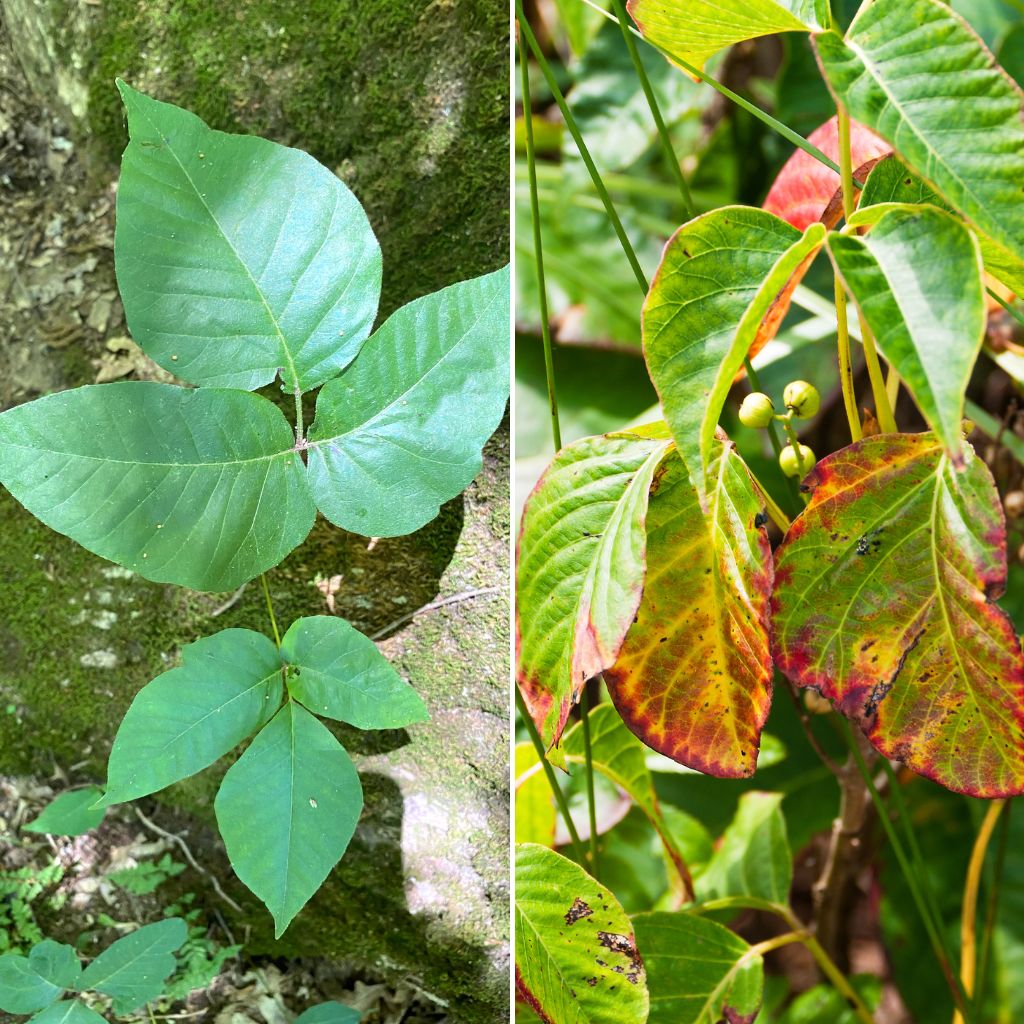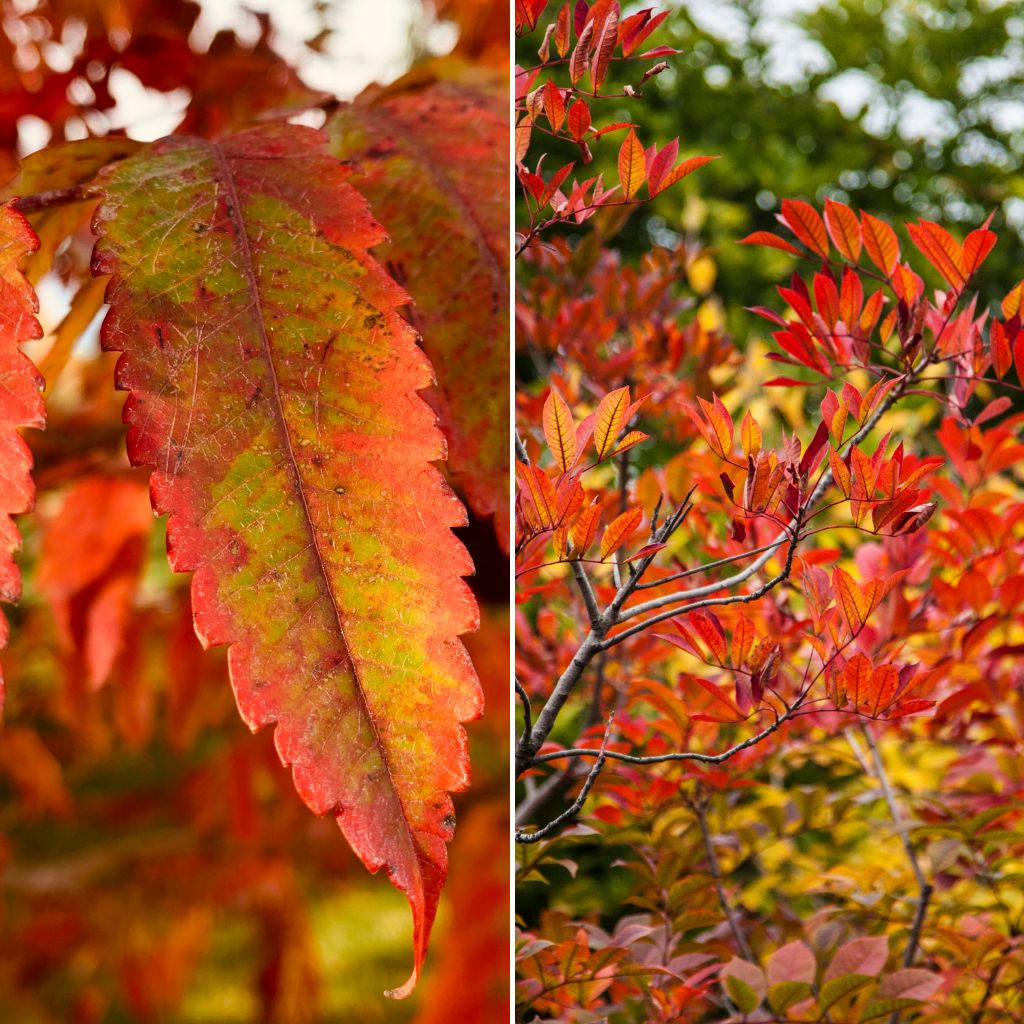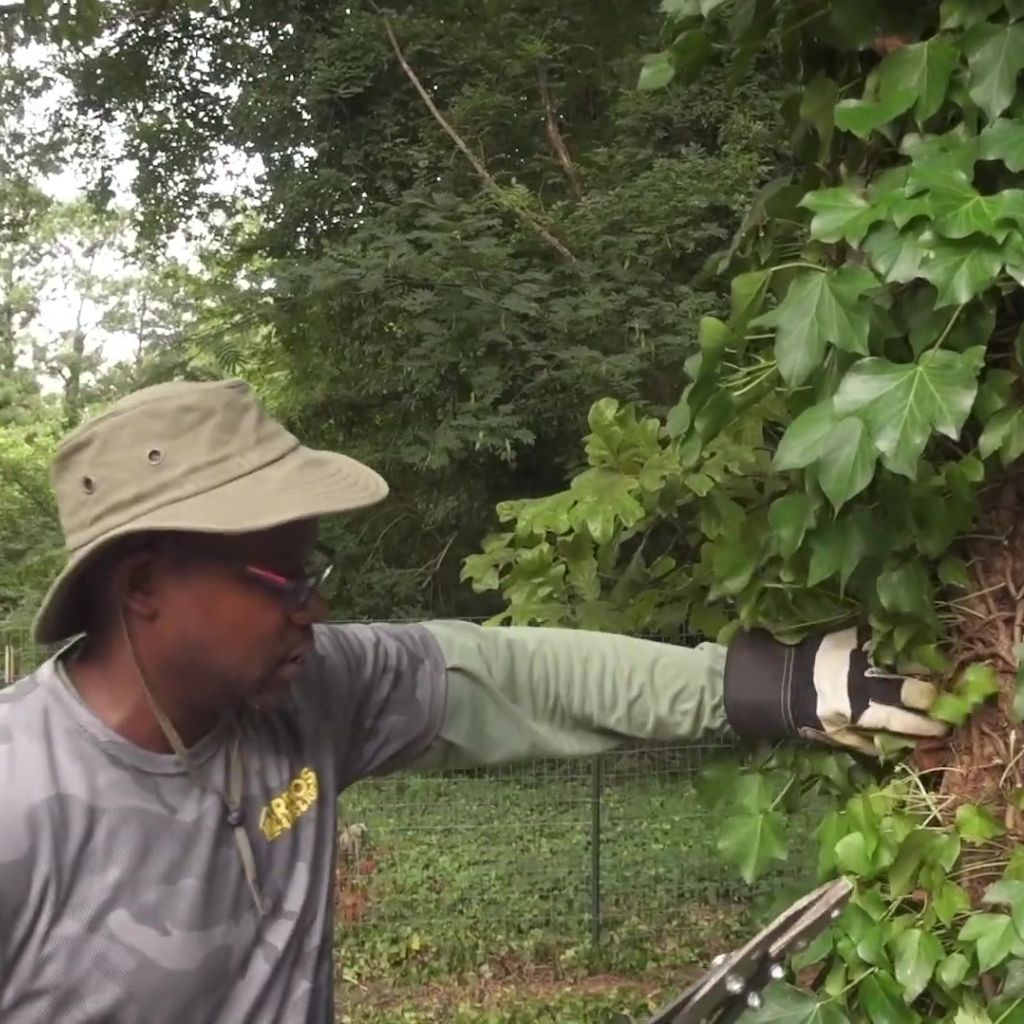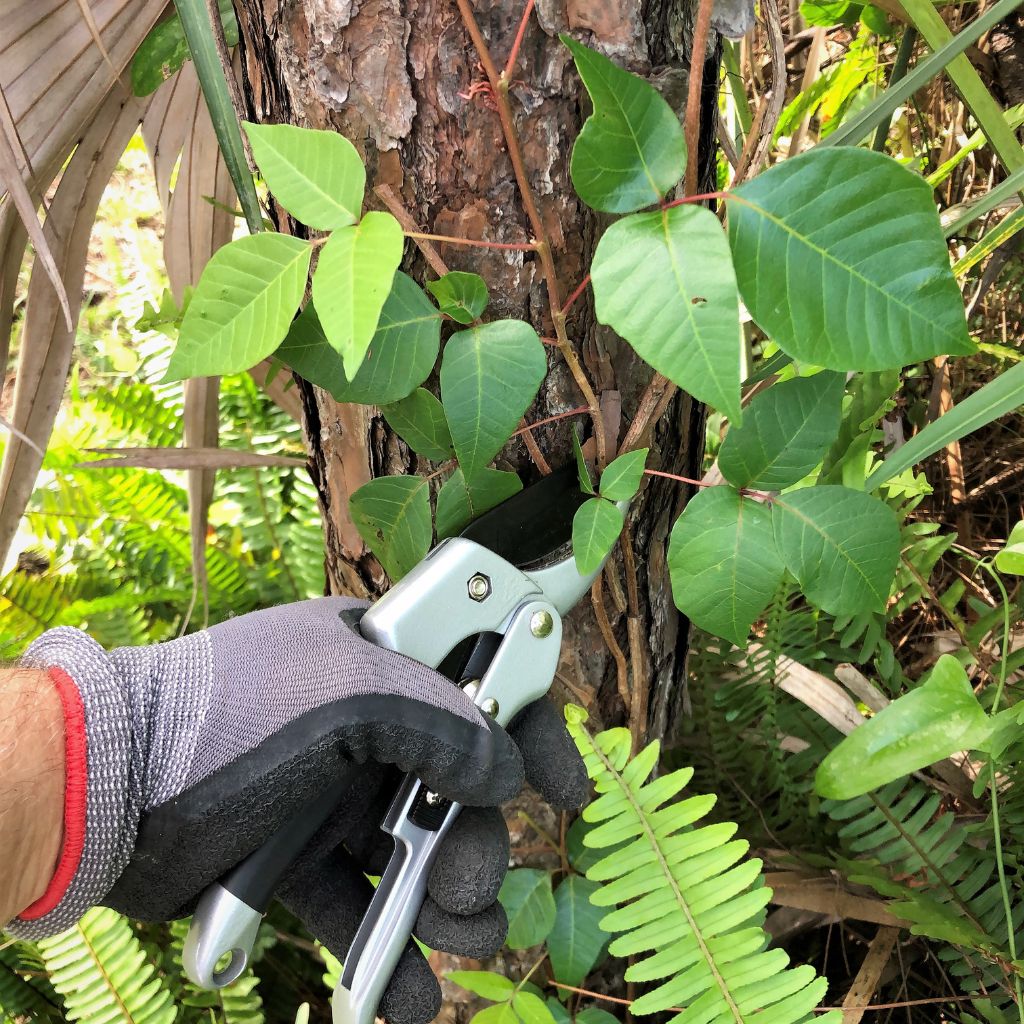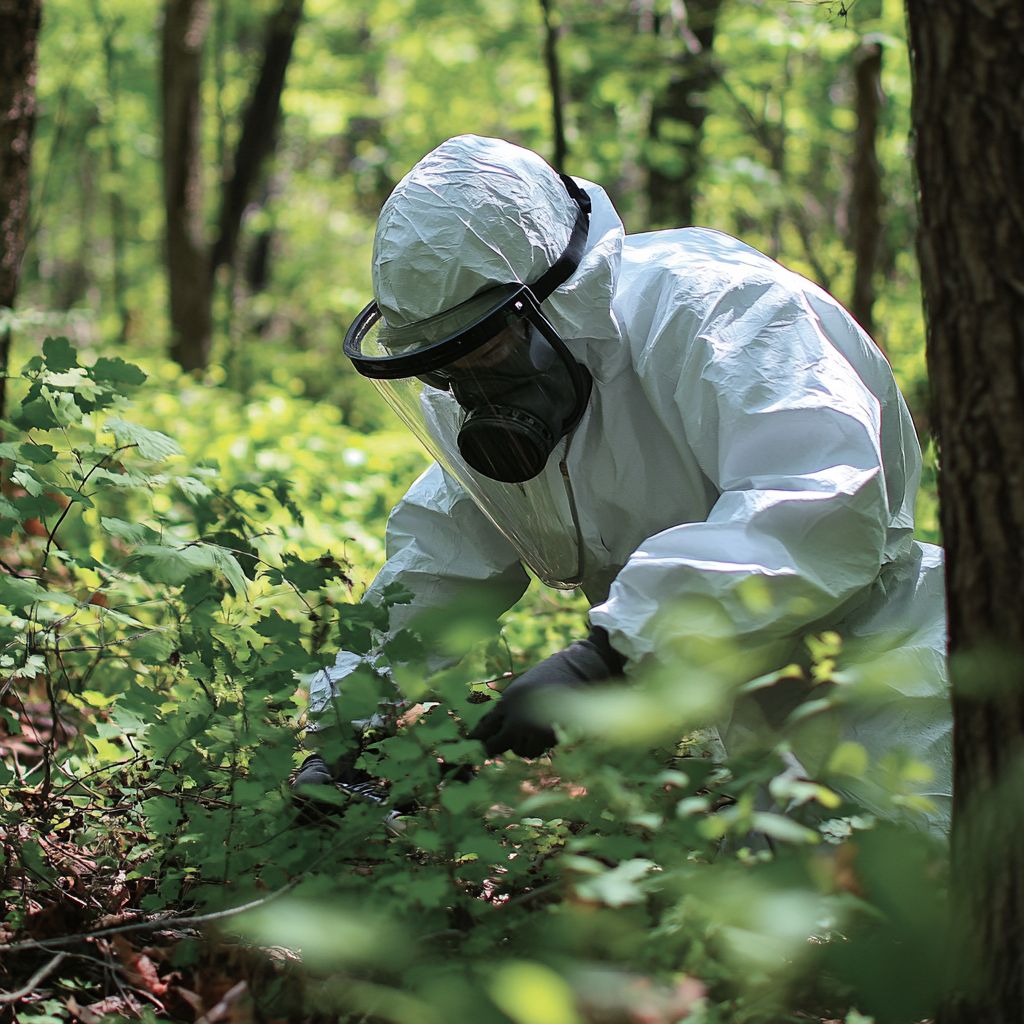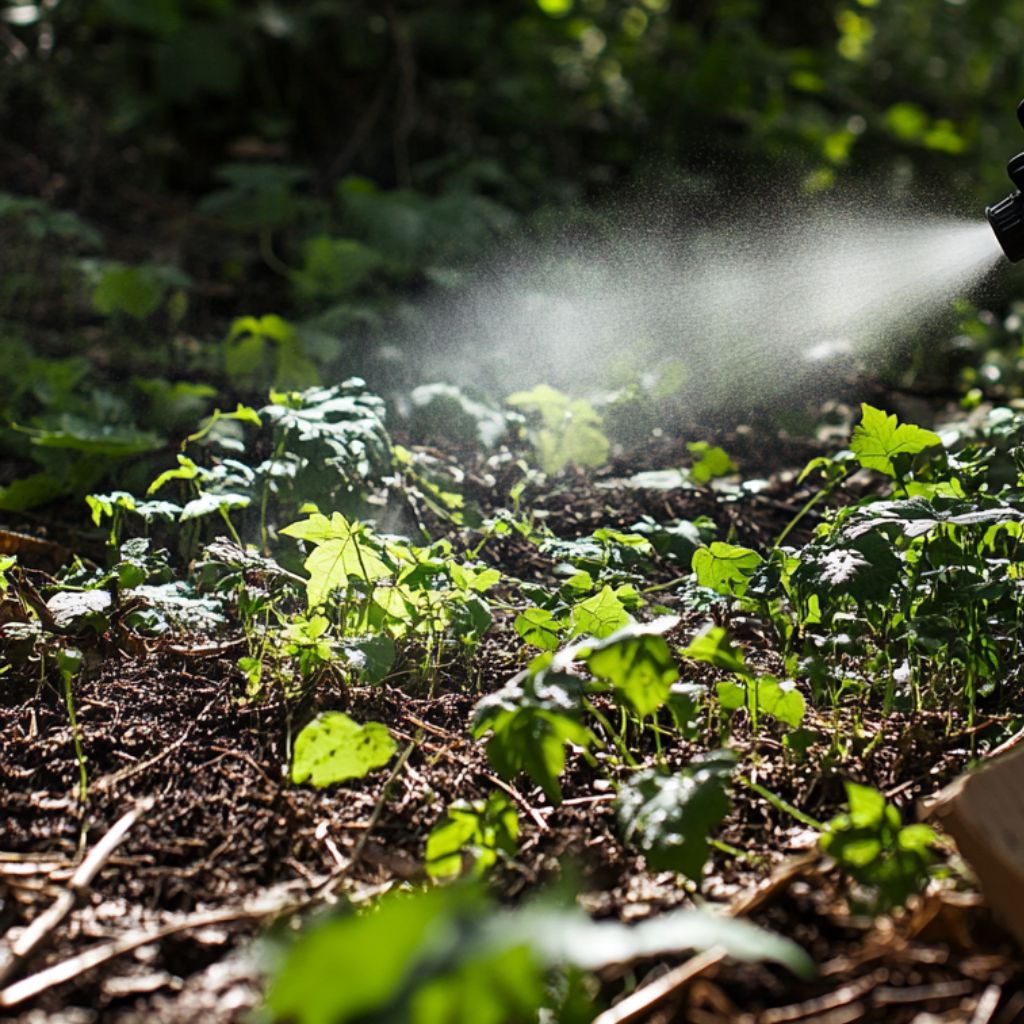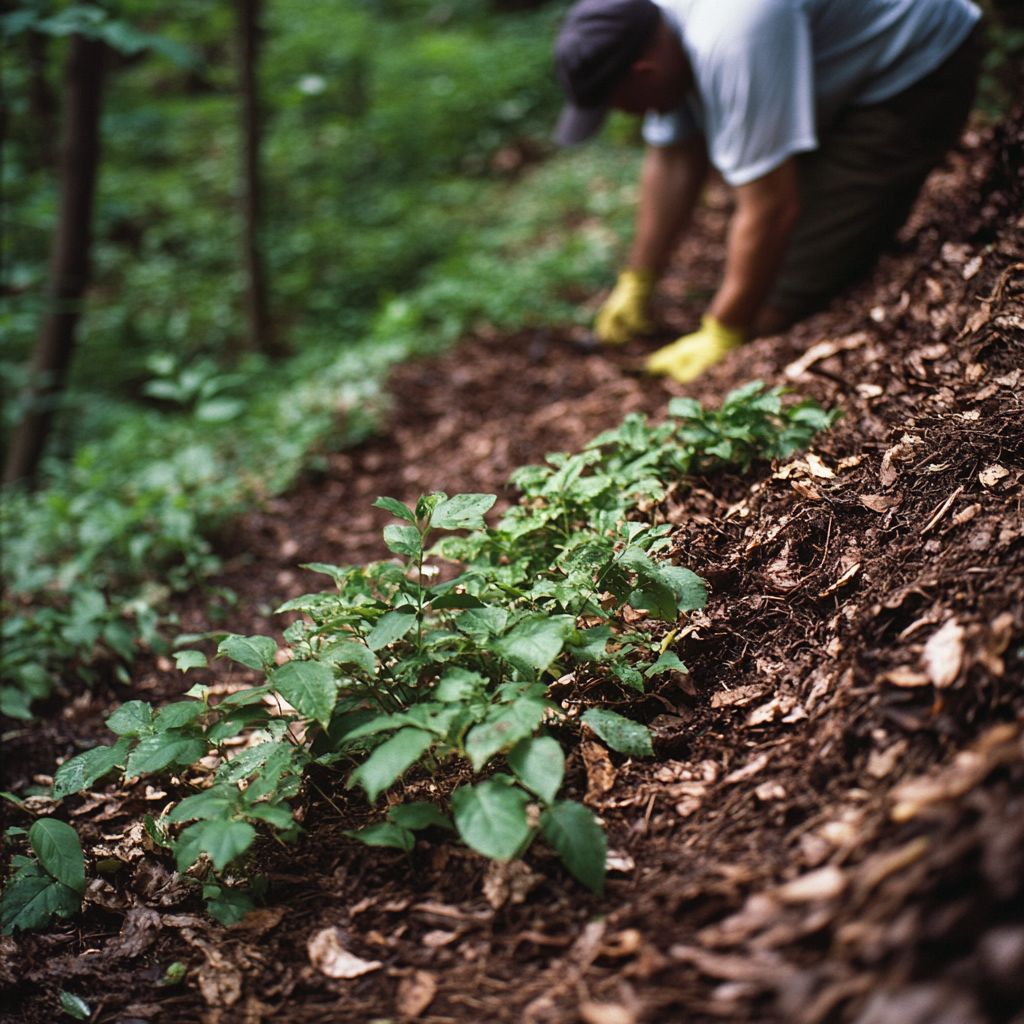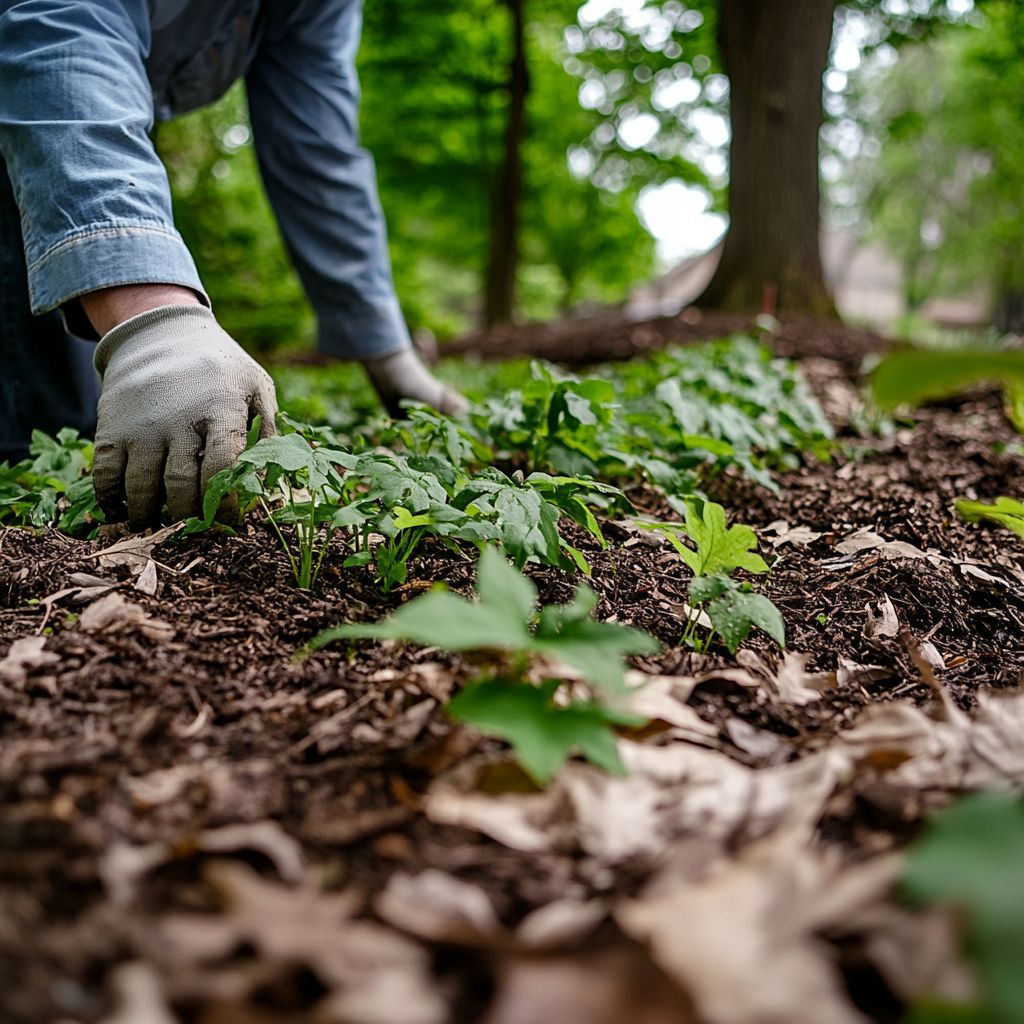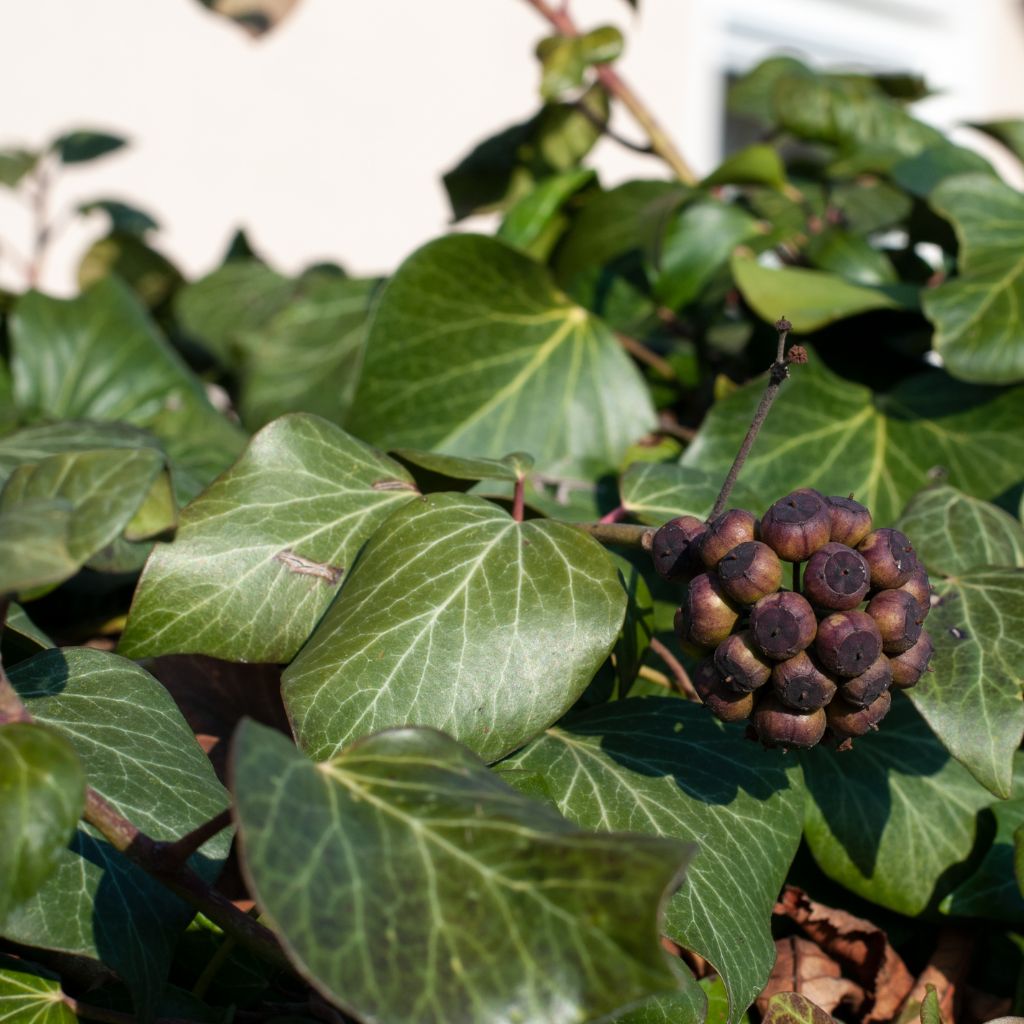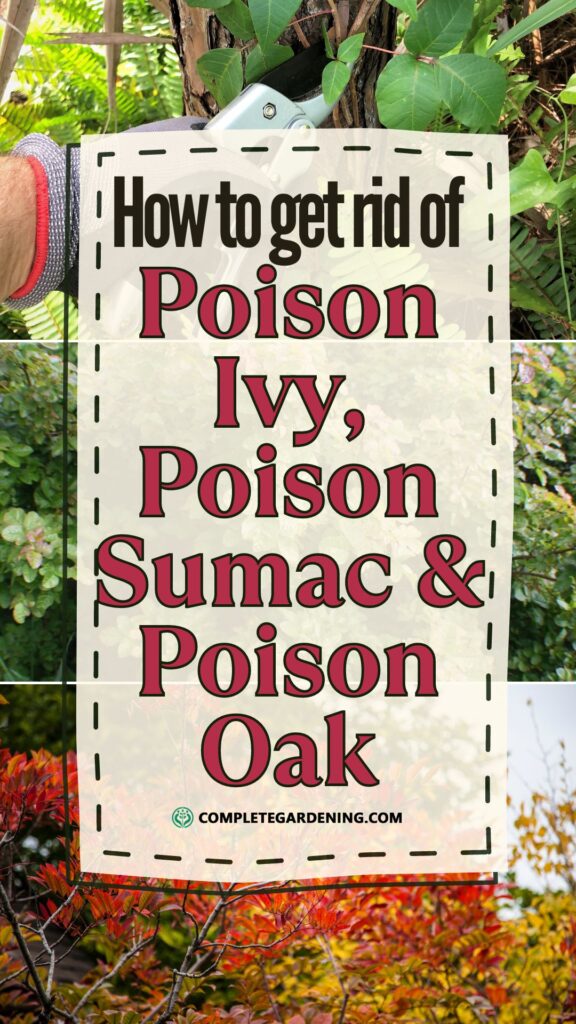Poison ivy, poison oak, and poison sumac are three plants notorious for causing itchy, uncomfortable rashes that can turn a pleasant outdoor experience into a nightmare.
These plants contain urushiol, a potent oil that causes allergic reactions in about 85% of people who come into contact with it.
Whether you’re a hiker, gardener, or just someone who enjoys the outdoors, it’s crucial to know how to identify, avoid, and effectively remove these plants from your property.
In this guide, we’ll explore various methods to get rid of poison ivy, oak, and sumac, ranging from natural remedies to professional services.
We’ll also cover tips on how to protect yourself during removal and what to do if you come into contact with these plants.
Identifying Poison Ivy, Oak, and Sumac
The first step in dealing with these plants is proper identification. Each plant has distinct characteristics that can help you recognize and avoid them.
Poison Ivy
Poison ivy is the most well-known of the three and is prevalent across most of North America. It can grow as a vine, shrub, or sprout from the ground, depending on the environment.
The key identifying feature is its “leaves of three” pattern, which is why the saying “leaves of three, let it be” is often associated with poison ivy.
The leaves are typically pointed and can vary in texture from shiny to dull, with edges that may be smooth, toothed, or wavy. Poison ivy produces small, white, or yellow berries, and its leaves turn red in the fall.
Poison Oak
Poison oak is similar in appearance to poison ivy but is usually found as a shrub rather than a vine. It can have clusters of three, five, or seven leaves, which resemble oak leaves—hence the name.
The leaves are often fuzzy due to fine hairs and turn red or brown in the fall. Like poison ivy, poison oak produces small, white, or yellow berries.
Poison Sumac
Poison sumac is less common but more toxic than its counterparts. It grows as a tall shrub or small tree, typically found in wet, swampy areas.
The leaves are pinnate, meaning they grow in pairs along a central stem, with 7 to 13 leaflets per leaf.
The leaflets are elongated, with smooth edges and a glossy surface. Poison sumac also produces white or yellow berries, and its leaves turn vibrant colors in the fall.
How to Get Rid of Poison Ivy, Oak, and Sumac
Once you’ve identified these plants, the next step is to remove them from your property. There are several methods you can use, depending on the size of the infestation and your comfort level with chemicals.
Manual Removal
Pros:
- Eco-friendly
- No chemicals involved
Cons:
- Time-consuming
- Risk of exposure to urushiol
Manual removal is one of the most effective ways to get rid of poison ivy, oak, and sumac, especially for small infestations. This method involves pulling the plants out by the roots to prevent regrowth.
1. Prepare Properly: Wear long sleeves, long pants, gloves, and boots to protect your skin from contact with urushiol. Use goggles and a mask if you’re dealing with a large area.
2. Uproot the Plants: After a rain, when the soil is soft, is the best time to uproot these plants. Use a shovel or garden fork to dig deep and remove the entire root system. Be thorough, as even a small piece of root left behind can lead to regrowth.
3. Dispose of the Plants: Place the removed plants in heavy-duty plastic bags and seal them tightly. Do not compost these plants, as urushiol can remain active in the soil. Instead, dispose of the bags according to your local regulations.
4. Clean Up: Wash your tools with rubbing alcohol or soapy water to remove any traces of urushiol. Shower immediately after the job, and wash your clothes separately from other laundry.
Chemical Herbicides
Pros:
- Fast-acting
- Effective for large infestations
Cons:
- Can harm surrounding vegetation
- Potential environmental impact
Chemical herbicides are an effective way to kill poison ivy, oak, and sumac, particularly if manual removal is not feasible. The two most common herbicides used are Glyphosate (found in products like Roundup) and Triclopyr (found in Ortho products).
1. Choose the Right Herbicide: Glyphosate and Triclopyr are both effective, but Triclopyr is often more potent against these plants. Select a product labeled specifically for poison ivy, oak, and sumac.
2. Apply Correctly: Apply the herbicide on a dry, windless day to prevent drift to desirable plants. Spray the herbicide directly onto the leaves and stems of the plants. For vines climbing trees, cut the vine about two feet from the ground and apply the herbicide to the cut surface and the remaining stump.
3. Reapply as Needed: It may take several applications to kill the plants completely. Monitor the area for new growth and treat it promptly.
4. Environmental Considerations: Use chemicals sparingly and follow all label instructions to minimize environmental impact. Consider using a targeted application method, like painting the herbicide onto the leaves, to protect surrounding vegetation.
Natural Remedies
Pros:
- Safe for the environment
- Non-toxic
Cons:
- May require multiple applications
- Less effective for large infestations
If you prefer a chemical-free approach, there are several natural remedies that can help control poison ivy, oak, and sumac.
1. Vinegar and Salt Spray: Mix one gallon of white vinegar, one cup of salt, and a tablespoon of dish soap. Spray the mixture directly onto the plants. The vinegar and salt will dry out the leaves and eventually kill the plant. Be aware that this solution can affect the soil, making it difficult to grow other plants in the treated area.
2. Boiling Water: For small infestations, pour boiling water over the plants to scald them. This method can kill the plant above ground, but you may need to repeat the process to kill the roots.
3. Smothering: Cover the affected area with a thick layer of cardboard or newspaper, followed by mulch or compost. This method deprives the plants of sunlight and air, eventually killing them. Keep the area covered for several months and monitor for regrowth.
Goats: A Natural Solution
Pros:
- No chemicals required
- Minimal effort
Cons:
- Not a permanent solution
- Requires access to goats
Interestingly, goats love to eat poison ivy, oak, and sumac. If you have access to goats, they can help keep these plants under control by grazing on them regularly.
However, this method is more about control than eradication, as the roots will remain intact and could regrow if the goats are not present.
Hiring a Professional
If you have a large infestation or are uncomfortable dealing with these plants yourself, consider hiring a professional removal service.
Pros:
- Safe and efficient
- Guaranteed results
Cons:
- Costly
- May require multiple visits
Professional removal services have the experience and equipment to deal with large infestations safely. They can use a combination of manual removal and chemical treatments to ensure the plants are eradicated.
When hiring a service, ask for an inspection and estimate before work begins. Make sure they follow all safety protocols, especially regarding the disposal of the plants.
Aftercare: Preventing Regrowth
After successfully removing poison ivy, oak, or sumac, it’s essential to take steps to prevent them from returning.
Regular Monitoring: Keep an eye on the area where the plants were removed. Pull up any new sprouts as soon as they appear.
Mulching: Apply a thick layer of mulch over the treated area to suppress any remaining roots and prevent new seeds from germinating.
Planting Ground Cover: Consider planting a dense ground cover or grass in the area to outcompete any potential poison plants. This can also help stabilize the soil and prevent erosion.
What to Do If You Come Into Contact
Despite your best efforts, you might still come into contact with poison ivy, oak, or sumac. Here’s what to do if that happens:
Immediate Rinsing: If you suspect you’ve touched one of these plants, rinse the affected area with lukewarm, soapy water within the first 30 minutes. This can help remove urushiol oil before it causes a reaction.
Clean Everything: Wash any clothing, tools, or pets that might have come into contact with the plants. Use gloves to handle these items and wash them separately from other laundry.
Treating the Rash: If a rash develops, over-the-counter treatments like calamine lotion, hydrocortisone cream, and antihistamines can help alleviate itching and inflammation. Avoid scratching the rash to prevent infection.
When to Seek Medical Help: If the rash is severe, covers a large area, or is on your face or genitals, seek medical attention. Difficulty breathing or swallowing requires immediate emergency care.
Getting rid of poison ivy, oak, and sumac can be a daunting task, but with the right knowledge and tools, it’s entirely manageable.
Whether you choose manual removal, chemical treatments, or natural remedies, persistence is key to ensuring these plants are eradicated from your property.
Always prioritize safety by wearing protective clothing and washing thoroughly after handling these plants. By following these steps, you can reclaim your yard and enjoy the outdoors without the threat of an itchy, uncomfortable rash.

